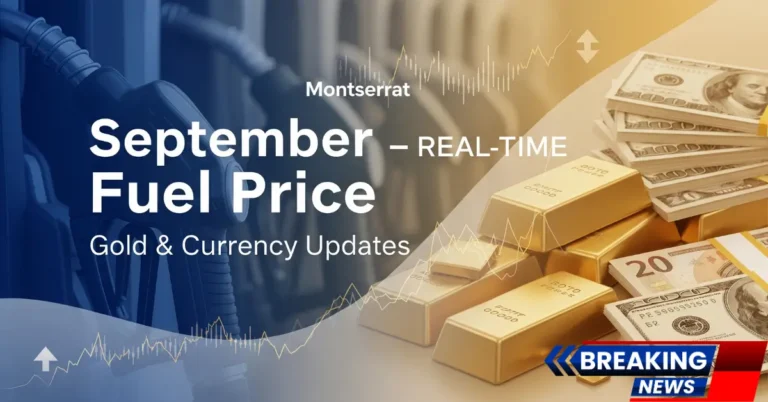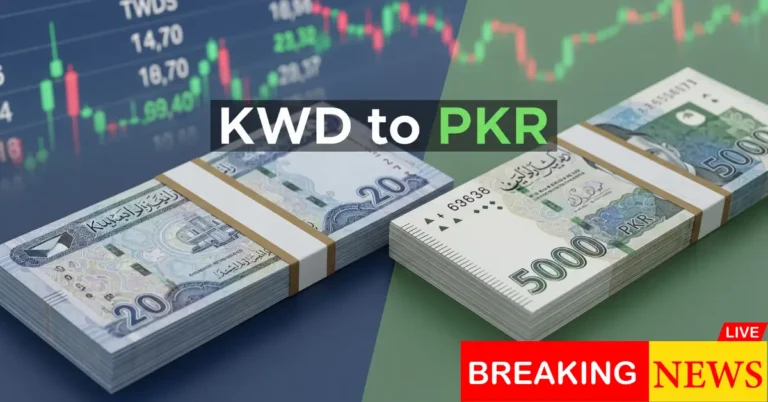The daily shifts in Pakistan price levels continue to shape the economic environment for millions of people across the country. Whether it’s the cost of fuel, food, or utilities, changes in Pakistan’s prices impact everyday life and business operations. Today, several important sectors experienced fluctuations that are worth paying attention to. Let’s explore the latest updates and understand how these movements affect the broader economy.
 Also read
Also read
Fuel Price Movements and Consumer Impact
One of the most-watched components of Pakistan price updates is fuel. Today, petrol prices saw a slight increase, a change that many commuters and transport operators will feel. Diesel prices remained mostly stable, offering some breathing room for industries dependent on heavy vehicles. Fuel price shifts are often triggered by global oil market trends but also reflect local supply and taxation adjustments.
Changes in fuel prices inevitably influence other costs, particularly in transport and logistics. When petrol prices rise, the cost of moving goods and passengers tends to increase, which eventually translates to higher costs for many products. For families and businesses alike, this is a key factor when budgeting.
 Also read
Also read
Food Price Trends Affecting Households
Food prices continue to be a sensitive issue in Pakistan. Today’s Pakistan price report shows moderate increases in staples like wheat flour and sugar, while certain vegetables and seasonal fruits experienced minor price drops. Such shifts create an ongoing challenge for households trying to manage grocery expenses amid inflation.
Food inflation has a direct impact on the quality of life, especially for lower-income families. Even small rises in Pakistan’s price for essential items force many to rethink their spending and make tough choices on nutrition and consumption.
Currency Exchange Rate Fluctuations
The Pakistani Rupee has shown some mild volatility today against major foreign currencies. While the interbank rates remained fairly consistent, the open market exchange prices dipped slightly. These fluctuations in Pakistan’s price for foreign currency exchange are influenced by factors such as trade deficits, foreign investment flows, and government monetary policies.
Currency movement affects everything from import costs to inflation expectations, making it a crucial factor for businesses and consumers in Pakistan.
 Also read
Also read
Stock Market Gains Reflect Investor Sentiment
The Pakistan Stock Exchange (PSX) showed positive momentum today, with the KSE-100 index climbing modestly. This uptick in price of stock market indices suggests growing investor confidence and optimism about the country’s economic outlook. Corporate earnings reports and policy signals appear to have contributed to this positive trend.
While stock market gains may not directly influence daily consumer prices, they are often seen as indicators of broader economic health and potential future growth.
Electricity Tariffs and Energy Costs
Recent announcements regarding electricity tariffs have hinted at slight reductions in fuel surcharges included in bills. This could lead to a small decrease in overall electricity costs for consumers, offering some relief amid rising household expenses.
Energy pricing remains a key component of Pakistan’s price monitoring since it affects everything from industrial production to household budgets. Even minor adjustments in tariffs are closely watched by both consumers and businesses.
 Also read
Also read
Transport and Logistics Cost Adjustments
As a consequence of fuel price changes, transportation and logistics costs have also been affected. Today’s price updates indicate that trucking companies and public transport operators may face increased operational costs, which could be passed on to passengers and consumers in the form of higher fares and delivery fees.
Managing these rising expenses will be crucial for businesses aiming to maintain competitiveness without overly burdening customers.
Pakistan Price Changes at a Glance
| Sector | Change in Price | Likely Impact |
|---|---|---|
| Petrol | Slight increase | Higher transport and commuting costs |
| Diesel | Stable | Relief for freight and logistics |
| Wheat Flour | Moderate increase | Increased cost of staple food |
| Sugar | Moderate increase | Added pressure on household budgets |
| Pakistani Rupee | Mild volatility | Influences import and inflation rates |
| Stock Market (KSE-100) | Positive growth | Boost in investor confidence |
| Electricity Tariffs | Slight reduction in surcharge | Minor relief in utility bills |
This summary helps highlight the key areas where Pakistan’s price movements have occurred today and their broader implications.
Conclusion
Today’s Pakistan price updates paint a picture of gradual but impactful changes across various sectors. Fuel price increases and food inflation continue to challenge consumers, while currency fluctuations add an extra layer of uncertainty. However, the positive performance of the stock market and slight relief in electricity tariffs provide some encouraging signs.
For individuals and businesses alike, staying informed about Pakistan’s price movements is essential to making smart financial decisions. As the economy evolves, understanding these daily changes can help navigate challenges and seize opportunities effectively.
 Also read
Also read






